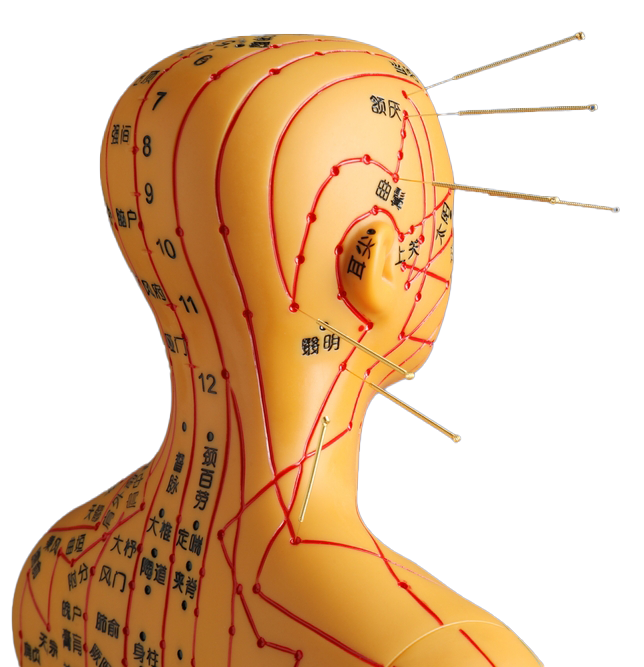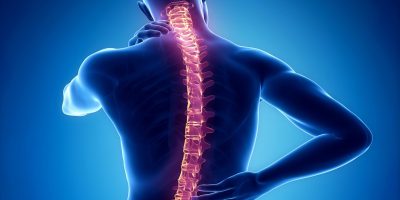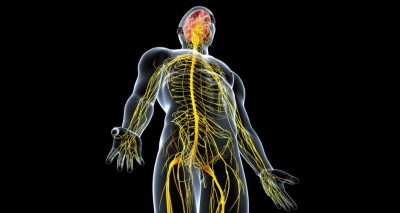- Facet joint Radiofrequency Thermocoagulation (RFT) Treatment
- Radiofrequency Thermocoagulation Dorsal root ganglion (DRG) radiofrequency thermocoagulation (RFT)
- Discitis Procedure
- Sacroiliac Joint Radiofrequency Treatment (Simplicity)
- In-Disc Ozone Therapy
- Nucleoplasty
- Transforaminal Injection (Pinpoint)
- Facet joint block
- Epidural Injection
Dorsal root ganglion (DRG) radiofrequency thermocoagulation (RFT)
- Home
- Neck & Shoulder Pain TreatmentsHip Joint Pain
- Dorsal root ganglion (DRG) radiofrequency thermocoagulation (RFT)
Contents
Toggle- Creating an individualised treatment plan
- The role of different specialities (physiotherapist, orthopaedist, psychologist, neurosurgeon)
- Pain treatment during pregnancy
- Treatment of chronic pain in the elderly
- Pain management in children
- Stress management
- Healthy eating
- Ergonomic living arrangements
- Exercise and mobility
- Facet joint Radiofrequency Thermocoagulation (RFT) Treatment
- Radiofrequency Thermocoagulation Dorsal root ganglion (DRG) radiofrequency thermocoagulation (RFT)
- Discitis Procedure
- Sacroiliac Joint Radiofrequency Treatment (Simplicity)
- In-Disc Ozone Therapy
- Nucleoplasty
- Transforaminal Injection (Pinpoint)
- Facet joint block
- Epidural Injection
- Cancer pain
- Permanent Epidural / Spinal Port Application
- Vascular Port (Permanent Vascular Access)
- Trigeminal Nerve RFT
- Blockade of Ganglion Stellatum
- Lumbar Sympathetic Ablation
- Facet joint Radiofrequency Thermocoagulation (RFT) Treatment
- Radiofrequency Thermocoagulation Dorsal root ganglion (DRG) radiofrequency thermocoagulation (RFT)
- Hernia Burning (IDET)
- Discitis Procedure
- Sacroiliac Joint Radiofrequency Treatment (Simplicity)
- Permanent Epidural / Spinal Port - Pump System
- In-Disc Ozone Therapy
- Nucleoplasty
- Peripheral Nerve Block
- Transforaminal Injection (Pinpoint)
- Facet joint block
- Epidural Injection
- Intra-articular Fluid Treatment
- Dorsal root ganglion (DRG) radiofrequency thermocoagulation (RFT)
- Spinal cord stimulation (pain pacemaker)
- Ergonomic living arrangements
- Spinal cord stimulation (pain pacemaker)
- Nucleoplasty
- Radiofrequency ablation
- Herbal solutions
- Dry needle treatment
- Anti-ageing treatments
- Ozone therapy
- Cupping therapy - Cupping
- Mesotherapy
- Prolotherapy
- Acupuncture
- Stem Cell Therapy
- Nerve blockages
- Corticosteroid injections
- Massage and relaxation techniques
- Manual therapy
- Electrotherapy
- Neuropathic pain medications
- Anti-inflammatory drugs
- Muscle relaxants
- Painkillers (paracetamol, ibuprofen, etc.)
Dorsal Root Ganglion (DRG) Radiofrequency Thermocoagulation (RFT) is a procedure used in the treatment of chronic pain and aims to block pain signals by applying heat to specific areas in the nervous system. It is especially preferred in cases of long-standing pain that cannot be fully controlled by other methods. This method works by sending radiofrequency waves to the dorsal root ganglia in the sensitive areas of the nerves.
2. What is Dorsal Root Ganglion (DRG) RFT?
Dorsal root ganglia are clusters of nerve cells located in the outer part of the nerve roots emerging from the spinal cord. These ganglia, which are the first stop for pain signals, are heated by exposure to high-frequency radio waves during RFT. The aim is to temporarily or permanently reduce the function of the nerve fibres responsible for pain transmission. In this way, the level of transmission of pain sensations to the brain can be significantly reduced.
3. In which cases is it preferred?
- Chronic Low Back and Leg Pain: RFT can be an effective method for pain in the lower spine and radiating to the legs.
- Neuropathic Pain: It can be applied in pain caused by nerve damage, especially after surgery or trauma.
- Regional Pain Syndromes: In syndromes such as reflex sympathetic dystrophy, it may be useful in controlling pain.
- Cases of Surgical Failure: DKG RFT is considered as an option if other methods or postoperative pain is not adequately controlled.
4. How is the Procedure Implemented?
- Anaesthesia and Preparation: DKG RFT is usually performed under local anaesthesia or light sedation. This stage is very important for patient comfort and immobilisation.
- Electrode Placement: Under the guidance of imaging (usually fluoroscopy), the physician inserts electrodes with special needles into the area close to the nerve root.
- Radiofrequency Application: With the help of electrodes, high-frequency radio waves are directed to the dorsal root ganglion and the targeted nerve tissue is heated. This heat reduces the sensation of pain by partially blocking nerve conduction.
- Duration: The procedure itself usually takes 20-30 minutes. The patient may need to stay in the hospital or clinic for about a few hours, including post-procedure observation.
5. Who Can Apply?
This procedure is performed by specially trained and qualified pain management specialists or anaesthesiologists. Due to the invasive nature of the procedure and the work on nerve tissue, only experienced teams are recommended. Physicians perform a detailed patient assessment prior to DKG RFT and determine the appropriateness of the procedure, taking into account the patient's health history, the source and severity of the pain.
6. Advantages
- Less Invasive Approach: It is a less invasive method compared to major surgical procedures.
- Less Risk: Risks such as bleeding and infection are lower compared to heavy surgery.
- Pain Reduction: Thermocoagulation of the nerve root provides significant relief by blocking the transmission of pain signals.
- Reduction of Drug Use: Once the pain is under control, the amount of painkillers can be reduced.
- Increased Mobility: The decrease in pain intensity facilitates the return of patients to their activities of daily living.
- High Effectiveness Rate: Positive results are reported especially for pain in the lower back, neck, shoulder and hip area.
- Long Term Results: The relief obtained after treatment can be permanent or long-term.
7. Disadvantages
- Mild Pain After Procedure: There may be a slight pain or numbness in the area where the procedure is performed, which may last for a few days.
- Risk of Infection: As with any invasive procedure, there is a possibility of infection in DKG RFT. Therefore, it is critical to follow sterilisation rules.
- Inappropriate Patient Selection: Not every patient is a candidate for this procedure. Therefore, a detailed pre-assessment should be made.
- Rare Side Effects: Numbness, tingling, muscle weakness, skin rash, etc. may rarely occur.
- Repetition Requirement: In some patients, the procedure may need to be performed more than once to fully control pain.
8. Post-Procedure Process and Things to Consider
- Observation: Patients are usually discharged on the same day after a short observation period.
- Activity: Daily activities can be resumed within a few days. Nevertheless, it will be appropriate to avoid sudden movements by following the physician's recommendations.
- Monitoring and Control: The extent to which the pain is reduced should be observed, and the physician should be informed if the complaints persist or reappear.
- Symptoms of Infection: If conditions such as redness, swelling, fever or discharge are observed, medical help should be sought immediately.
9. Conclusion
Dorsal Root Ganglion (DRG) Radiofrequency Thermocoagulation (RFT) is an effective and relatively low-risk method for the management of chronic pain. It provides a successful alternative when surgical solutions or other pain treatments fail to produce results, or when these methods are too burdensome for the patient. The procedure is considered safe when performed by trained and experienced physicians. Nevertheless, a specialist pain management physician or neurologist should be consulted to determine the most appropriate method for each patient, and the advantages and potential risks of the procedure should be evaluated in detail.
Our treatments
- Home
- Neck & Shoulder Pain TreatmentsHip Joint Pain
- Dorsal root ganglion (DRG) radiofrequency thermocoagulation (RFT)





